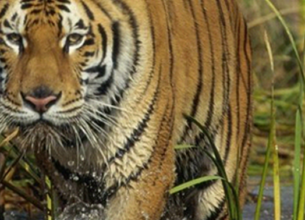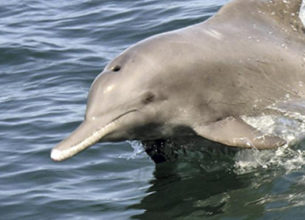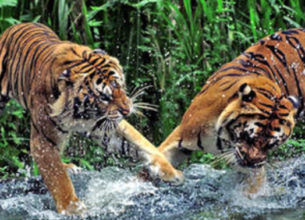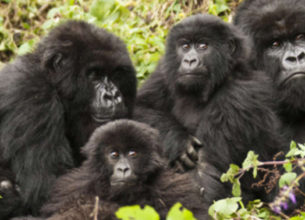PRELIMS SNIPPETS – November 19th 2022
Living Amazon Report’ 2022
Why in News?
- Recently, a new report ‘Living Amazon Report’ 2022 by the World Wildlife Fund (WWF), some 35% of the rainforest is either totally lost or highly degraded.
Highlights
- It was released at the 27th Conference of Parties (COP27) to the United Nations Framework Convention on Climate Change in Sharm El-Sheikh, Egypt.
- It outlined the current status of the Amazon biome and basin, summarised key pressures and drivers of change and outlined a conservation strategy.
- Vast tracts of the Amazon rainforest, which serve as carbon sinks and the planet’s lungs, are in crisis.
- Some 35% of the rainforest is either totally lost or highly degraded, while another 18% have been converted for other purposes.
- Amazon forests are threatened due to deforestation, fires and degradation.
- Surface water has been lost and rivers are increasingly disconnected and polluted.
- This immense pressure will irreversibly damage the Amazon and the planet in general very shortly.
- Economic activities, most notably extensive cattle ranching and agriculture, illegal activities and poorly planned infrastructure, threaten the region and cause deforestation and degradation throughout the biome, with many areas severely affected.
- Nearly 600 infrastructure projects are in operation along rivers in the Amazon.
- Some 20 planned road projects, 400 operating or planned dams and numerous mining projects continue to dump chemicals such as mercury into the rivers.
- The protection of the Amazon requires a combination of strategies and approaches that combine conservation requirements with the developmental needs of the countries that comprise it.
- Strategies for effective, integrated landscape management include:
- Conversion-free landscapes
- Sustainably managed forests
- Legal trade
- Ensuring the rights of indigenous peoples, local communities, women and young people.
- These strategies are intended to complement well-managed conservation areas and indigenous territories to form a network of well-conserved landscapes.
- Cross-cutting strategies in three key areas — policies, knowledge generation and communications — are also needed for the conservation and sustainable management of the Amazon biome, its forests and rivers.
- The biome urgently requires effective policies, research and greater awareness of its current status.











